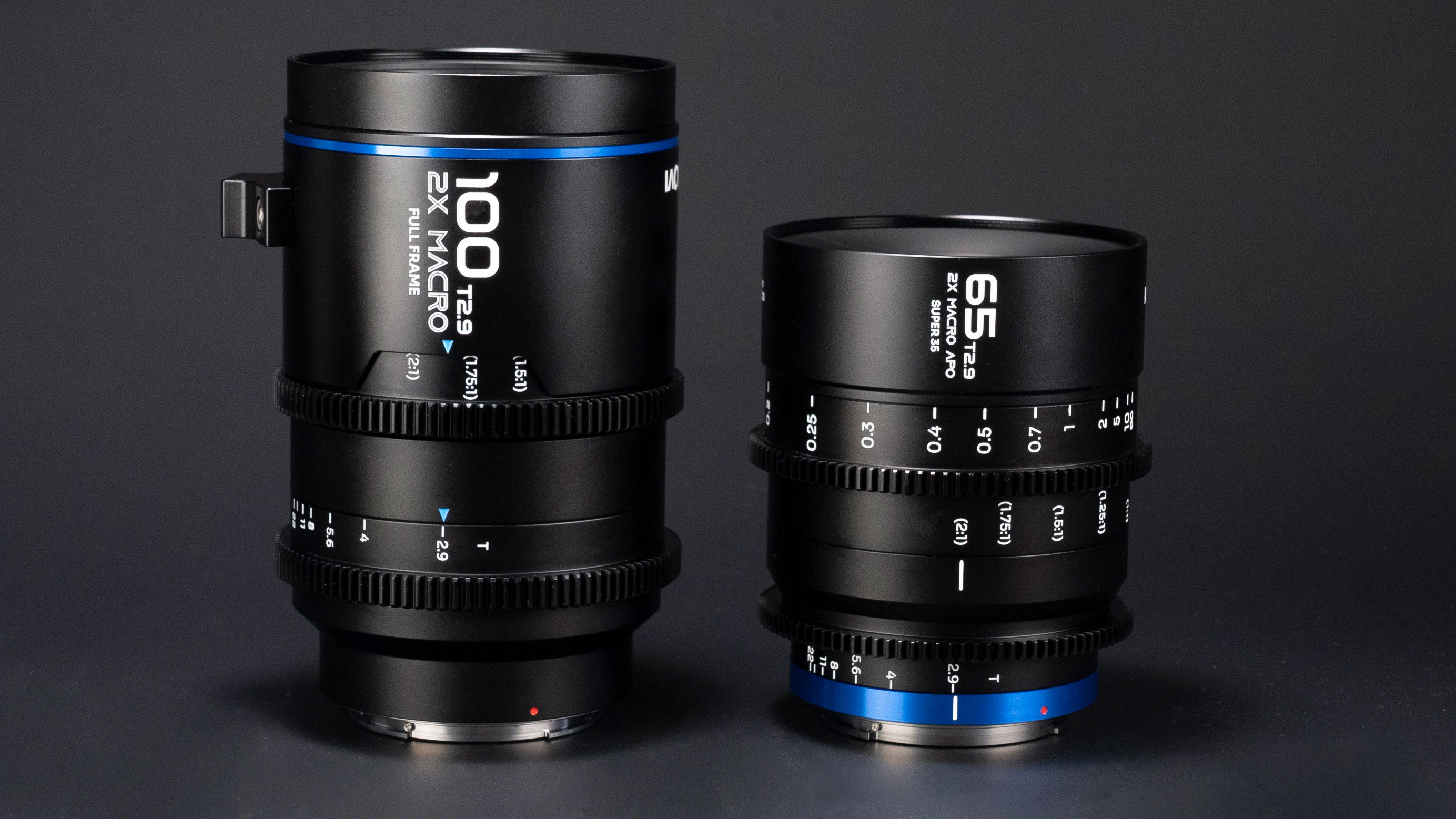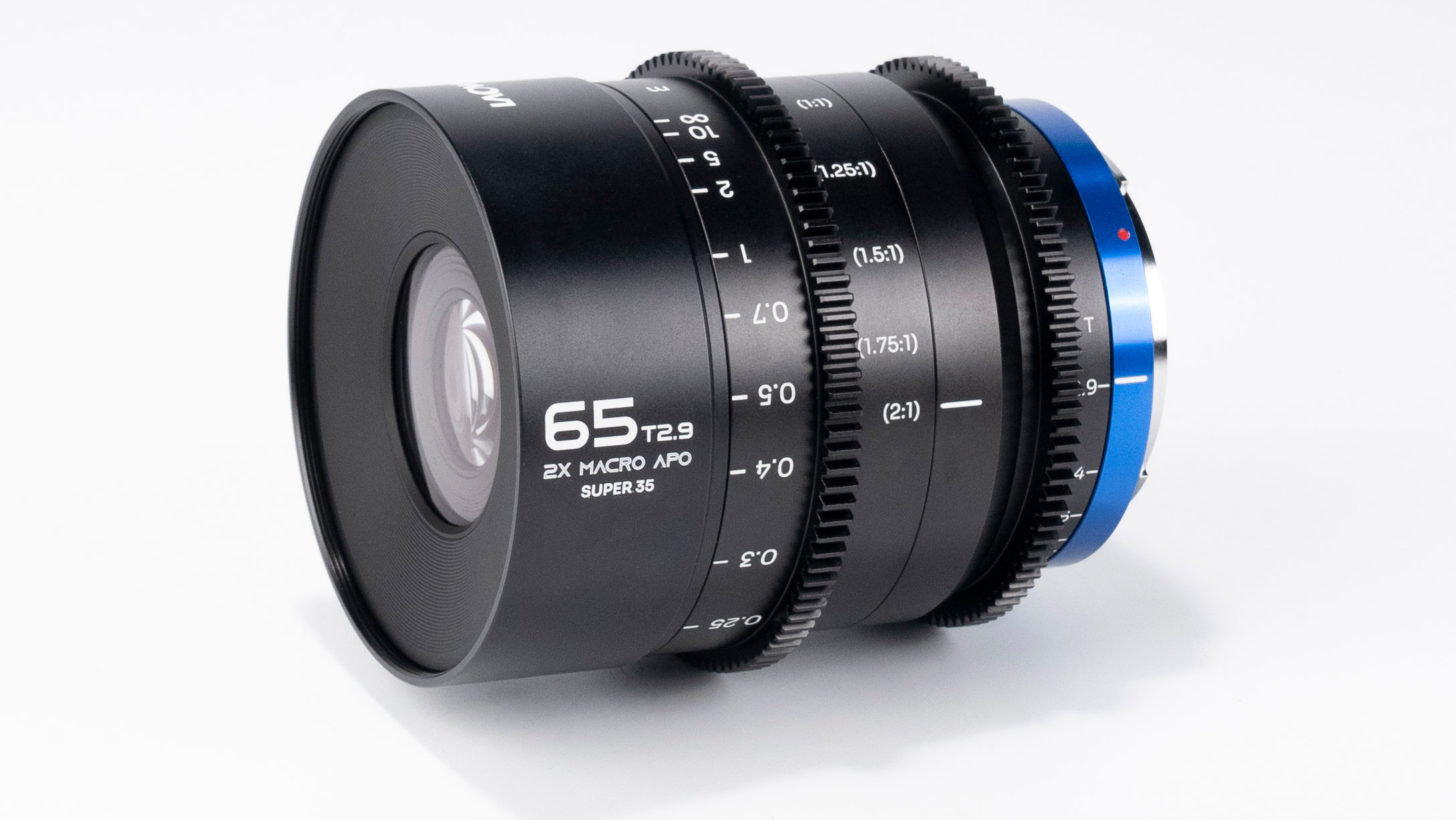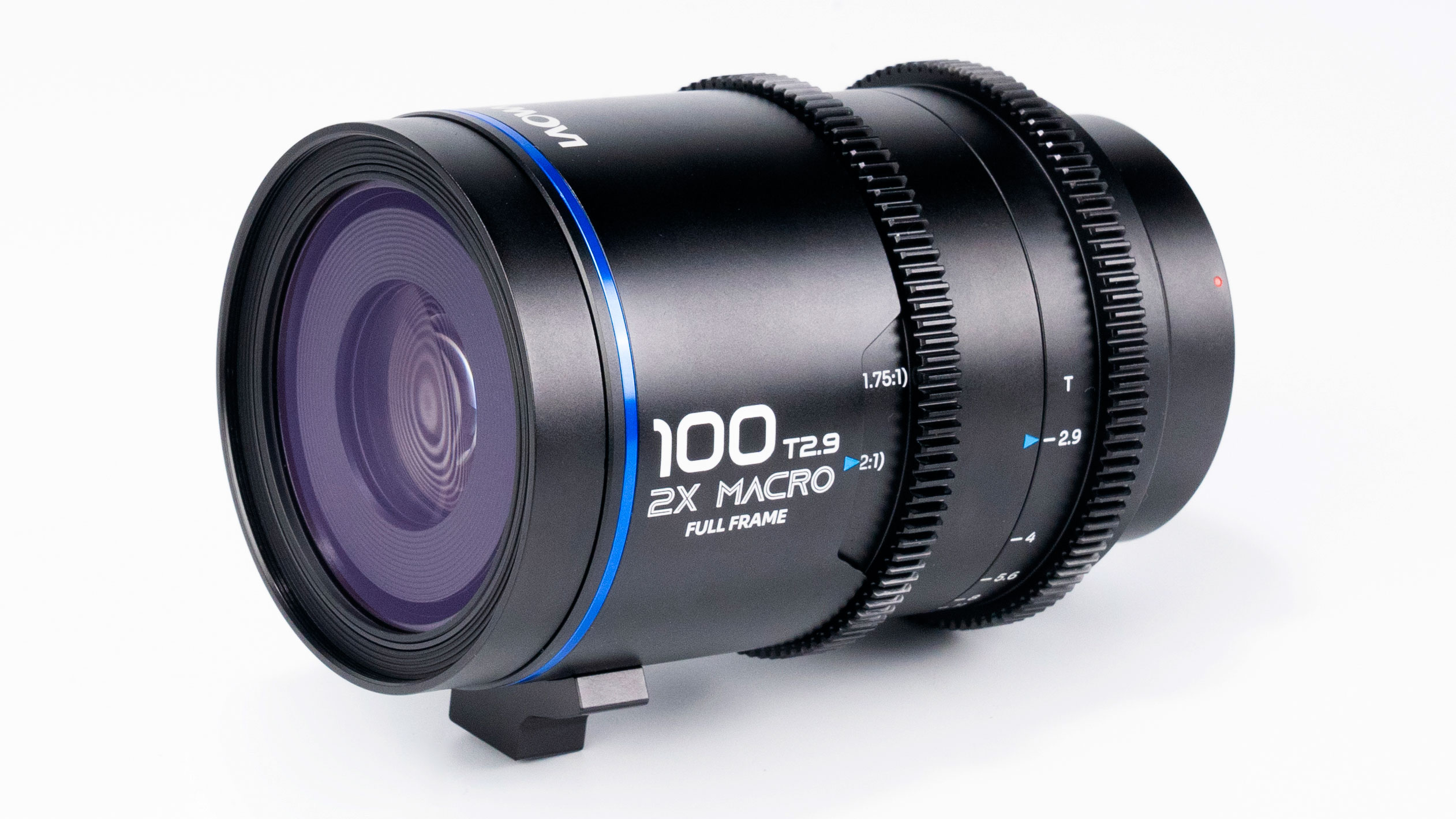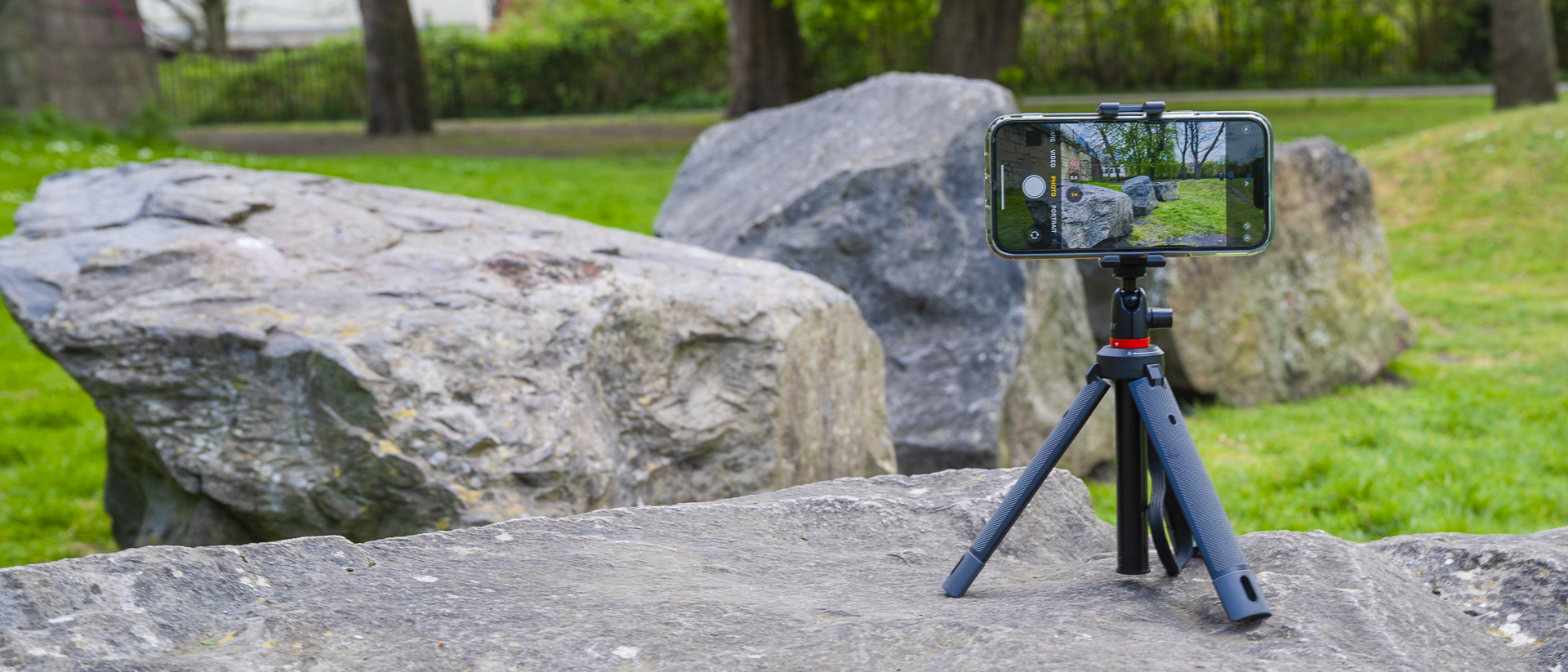Laowa launches two 2x macro cine lenses for Super35 and full frame cameras
Macro specialist Laowa reveals two high-magnification lenses for cinema use, with T-stops not F-stops and follow focus gears

The two new lenses are the Laowa 65mm T2.9 2X Macro APO Cine (S35) and renowned equally for its high-magnification macro lenses and its ultra-wide primes, and Laowa 100mm T2.9 2X Macro APO Cine (FF).
Laowa is renowned for its twin specialities – ultra-wide primes and high-magnification macro lenses, and as the creator/video market booms, it's adapting more and more of its lenses to the specific needs of video shooters. We have an article explaining how cine lenses are different from regular lenses; these are not the first from Laowa, as it launched a batch of four new cine lenses back in March 2022.
The Laowa 65mm T2.9 2X Macro APO Cine (S35) is designed for Super35 format cameras (APS-C in photographic terms) and the Laowa 100mm T2.9 2X Macro APO Cine (FF) is for full-frame cameras. Both offer T-stop (light transmission) settings as favored by videographers and external gears for both focusing and stepless iris (aperture) control.

Laowa 65mm T2.9 2X Macro APO Cine specs
The Laowa 65mm T2.9 2X Macro APO Cine (S35) will come in Fujifilm X, Sony E, Nikon Z and Canon EF-M mounts and offers macro magnification up to 2x – that’s twice the 1:1 magnification ratio offered by regular macro lenses.
It also has an APO (apochromatic) optical design to counteract both lateral and longitudinal chromatic aberration. A 9-bladed diaphragm is used to provide attractive bokeh. It takes 77mm filters and comes in its own protective case, with a set of shims for any flange calibration needed.
Focal Length: 65mm
Angle of View: 24.4°
T Stop Range: T2.9-22
Format Compatibility: S35
Lens Structure: 14 elements in 10 groups
Aperture Blades: 9
Min. Focusing Distance: 17cm
Min. Working Distance: 8 cm
Max. Magnification: 2X
Focus Throw: 249°
Filter Thread: 77mm
Dimensions: 84.8 x 103mm
Weight: 550g
Mounts: Canon EF-M / Fujifilm X/ Sony E/ Nikon Z

Laowa 100mm T2.9 2X Macro APO Cine specs
The Laowa 100mm T2.9 2X Macro APO Cine (FF) is a full-frame macro lens that will come in Arri PL, Sony E, Canon EF, Canon RF, and L-mount versions. Like the 60mm lens, it has been designed for cinema cameras with a stepless geared iris ring and geared focus ring for follow focus units.
Get the Digital Camera World Newsletter
The best camera deals, reviews, product advice, and unmissable photography news, direct to your inbox!
Like the 65mm lens, the 100mm lens has a 77mm front filter thread and the same APO lens design. Inside, however, it has a 13-blade diaphragm – an unusually high number – to help product smooth bokeh.
Focal Length: 100mm
Angle of View: 26.1°°
T Stop Range: T2.9-22
Format Compatibility: Full Frame
Lens Structure: 12 elements in 10 groups
Aperture Blades: 13
Min. Focusing Distance: 24.7cm
Min. Working Distance: 7.1cm
Max. Magnification: 2X
Focus Throw: 220°
Filter Thread: 77mm
Dimensions: 885.6 x 139mm
Weight: 957g
Mounts: Arri PL / Sony E / Canon EF / Canon RF / L mount
Pricing and availability
Laowa’s two new cine macro lenses should be available immediately. The Laowa 65mm T2.9 2X Macro APO Cine (S35) will cost $599 / £719 for all mounts, and the Laowa 100mm T2.9 2X Macro APO Cine (FF) will cost $999 / £1199.
Read more:
• Best macro lenses
• Best wide-angle lenses
• Best cine lenses
• Best lenses for vlogging

Rod is an independent photography journalist and editor, and a long-standing Digital Camera World contributor, having previously worked as DCW's Group Reviews editor. Before that he has been technique editor on N-Photo, Head of Testing for the photography division and Camera Channel editor on TechRadar, as well as contributing to many other publications. He has been writing about photography technique, photo editing and digital cameras since they first appeared, and before that began his career writing about film photography. He has used and reviewed practically every interchangeable lens camera launched in the past 20 years, from entry-level DSLRs to medium format cameras, together with lenses, tripods, gimbals, light meters, camera bags and more. Rod has his own camera gear blog at fotovolo.com but also writes about photo-editing applications and techniques at lifeafterphotoshop.com
